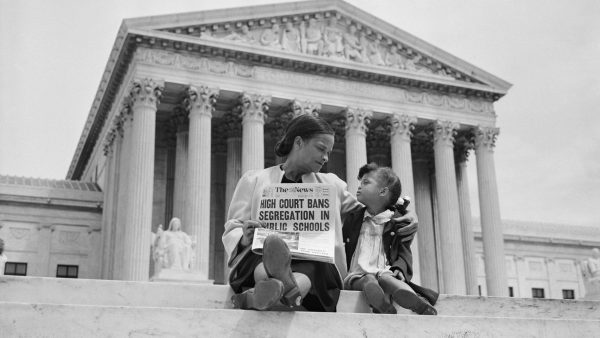The History of Christmas
This holiday season, thousands of families will be gathering to celebrate Christmas, an annual celebration commemorating the birth of Jesus Christ with a feast and gifts. Christmas is best known as a religious and, arguably more so, a cultural celebration among billions around the world. In most nations, it is a public holiday which is crucial to the holiday season that revolves around it.
The traditional tale of Christmas, which is a shortened form of ‘Christ’s Mass,’ is about the Nativity of Jesus, as delineated in the New Testament. The story goes that when Joseph and Mary arrived in the city, they were offered a stable to stay where Christ was born. The angels then proclaimed that the baby was God who had come into the world in the form of man to atone for the sins of humanity. Although the birth date was originally unknown, it was first fixed in Rome that he was born on December 25th. Early in the 4th century, the Church agreed that his date should correspond to the date of the winter solstice. Jesus went on to be linked to the sun, as supported in several Biblical passages where Jesus is considered to be the “Sun of Righteousness.” Many today place a candle in each window to demonstrate that Christians believed Jesus Christ to be the ultimate light of the world.
Modern Christmas customs are not necessarily linked to the Bible at all. For example, the custom of kissing under the mistletoe is common in Christmas celebrations nowadays and originated from English-speaking countries, but holds no real religious meaning. In fact, the use of mistletoe originates from Norse mythology. Baldur Frigg, a Norse god, declared the mistletoe to be a symbol of love after her son’s death when she promised to kiss anyone who passed underneath it.
One of the most cherished aspects of the Christmas season is the music. The songs, known as carols, were initially considered communal folk songs. At one point, they were even sung in church. However, the singing of the carols suffered a decline in popularity after the Protestant Reformation in northern Europe. Later, around the late 18th century, completely secular seasonal songs emerged such as Deck the Halls and Jingle Bells which hold no religious meaning. Then, in the 19th and 20th centuries, the African American community greatly popularized numerous spiritual Christmas songs. This encouraged the production of commercial Christmas music throughout the 20th century, including jazz and blues variations.
Christmas time has also had numerous effects on the entertainment industry. As early as the 19th century, writers were profiting from a period of heartfelt celebration brought by Christmas. Take, for instance, Charles Dickens who wrote A Christmas Carol in the spirit of seasonal merriment. Its instant popularity helped the novel take off and emphasized the importance of family, goodwill, and compassion—themes closely attached to the holiday season. His book can be linked to Western Christmas traditions such as family gatherings, drinking, dancing, and games. Charles Dickens’ book also coincided with the growth of Anglo-Catholicism which led to a revival in the religious observance of Christmas, especially after the Puritans banned it from England in the 17th century due to its association with drunkenness and other misbehavior. It was later restored as a legal holiday but remained disreputable until it was reconstructed as a family-centered festival of generosity and social reconciliation. Additionally, many film studios release Christmas films during the holiday season in hopes of maximizing viewership and generating a larger audience. In fact, Hallmarks generates a considerable amount of fame each year through its numerous movies with “cheesy” Christmas-centered plots.
Now, the celebratory customs associated with Christmas have a mix of Christian and secular themes. It’s been heavily commercialized as seen with the holiday season from late October to early January. Popular modern customs of the holiday include gift-giving, advent calendars, music, cards, feasts, and more. Christmas cards, in specific, are a huge market of illustrated messages of greetings during this time which are exchanged between friends and family. One of the biggest economic aspects of the holiday is the decorative market. People will buy anything Christmas-themed, such as lights, advent calendars, mugs, bells, wreaths, pajamas, candy, mistletoe, and so much more. Nonetheless, the more traditional Christmas displays remain wreaths and candles. Because of the spending mindset that arises as early as October in the name of the seasonal spirit, the holiday has become a peak sales period for retailers and businesses, with many oftentimes working around the heightened economic activity. Over the past few decades, Christmas has had a steadily growing economic effect worldwide.
The most well-known part of Christmas: the Christmas tree. The Christmas tree is a timeless tradition that was first used by German Lutherans in the 16th century in the Cathedral of Strasbourg. This custom was later brought to the United States where it quickly became a central part of the holiday. While decorating the tree, many place a star at the top to symbolize the Star of Bethlehem, and many others use an angel at the top to symbolize the angels mentioned in the accounts of the Nativity of Jesus.
As Christmas quickly approaches this year, we wish everyone a merry holiday season! .






